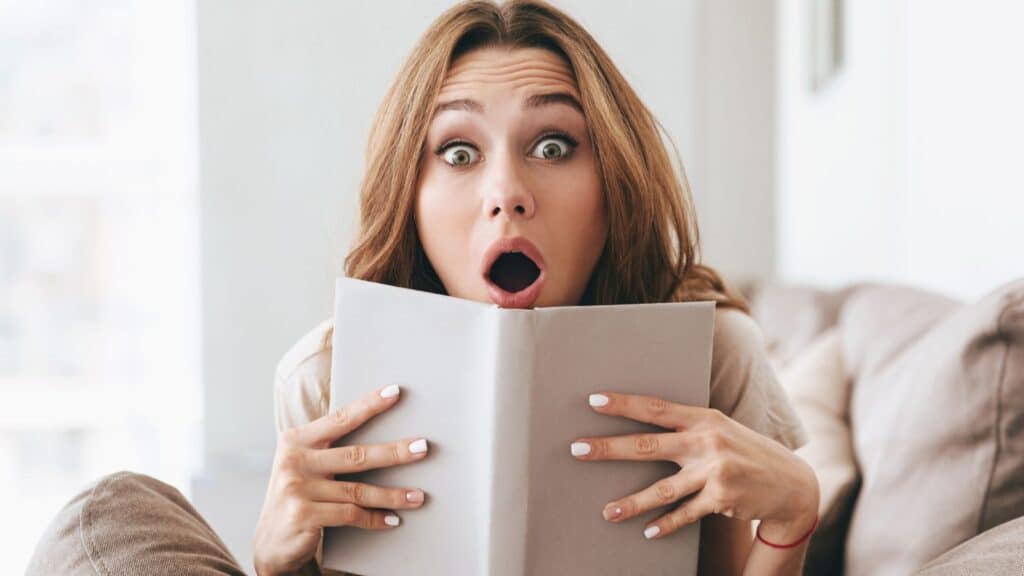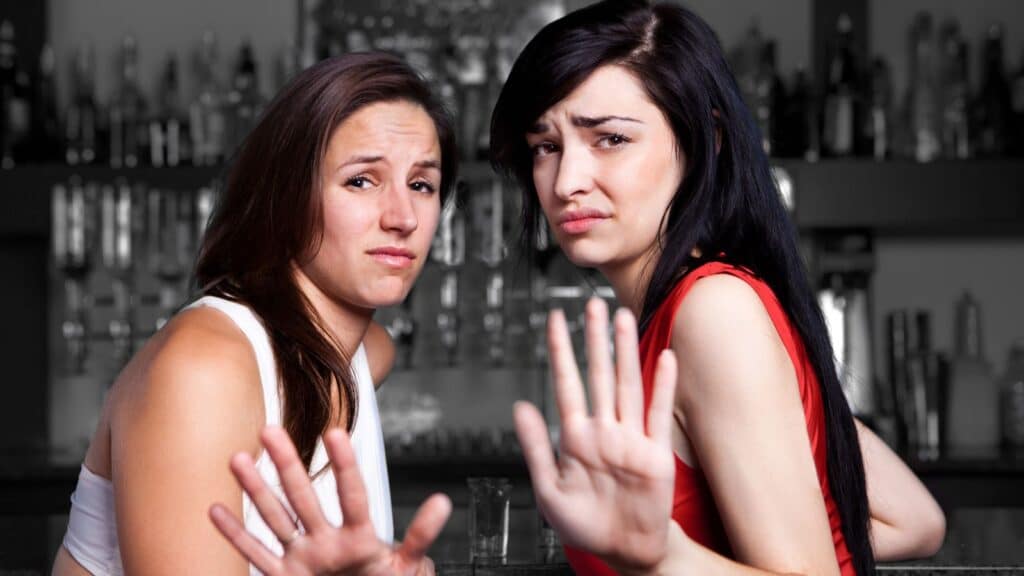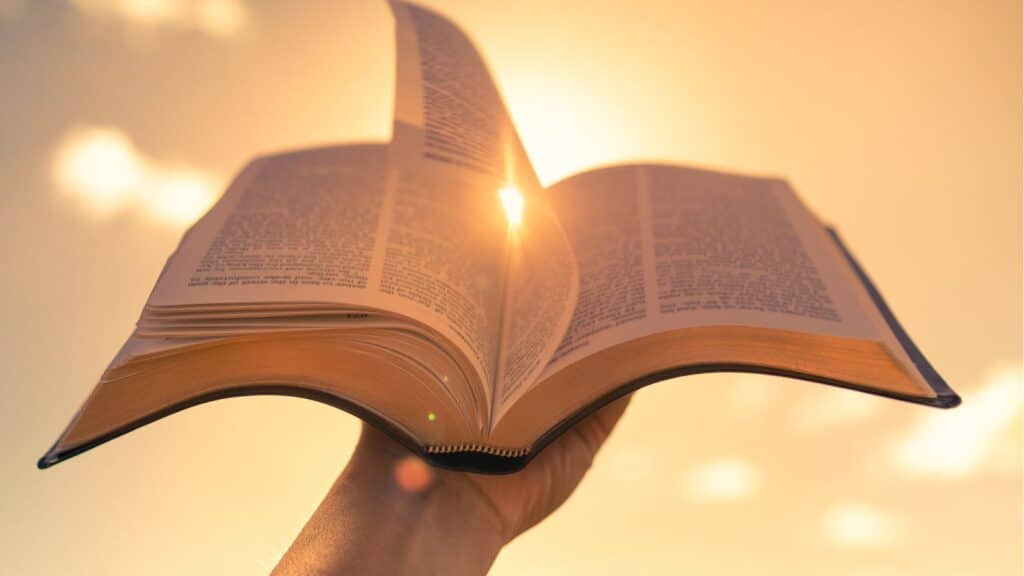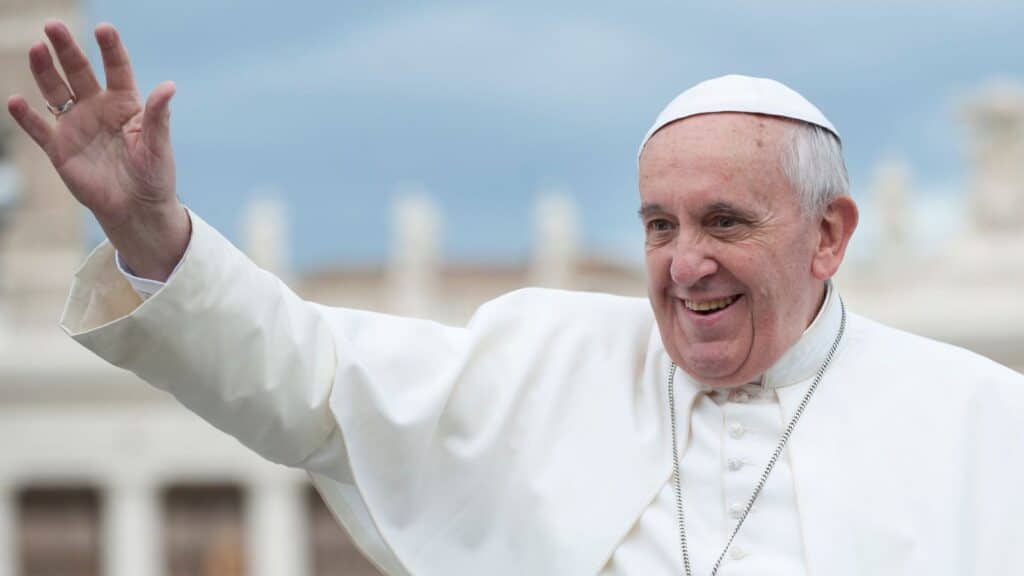Traditional fairytales whisk readers on unforgettable journeys, from dense jungles to sprawling castles. For centuries, they were considered harmless cautionary tales with clear boundaries regarding good versus evil. But in our progressive society, many fairytales are exposing their true colors and leaving a sour aftertaste. Here are 22 once-magical tales that are now considered offensive.
Aladdin
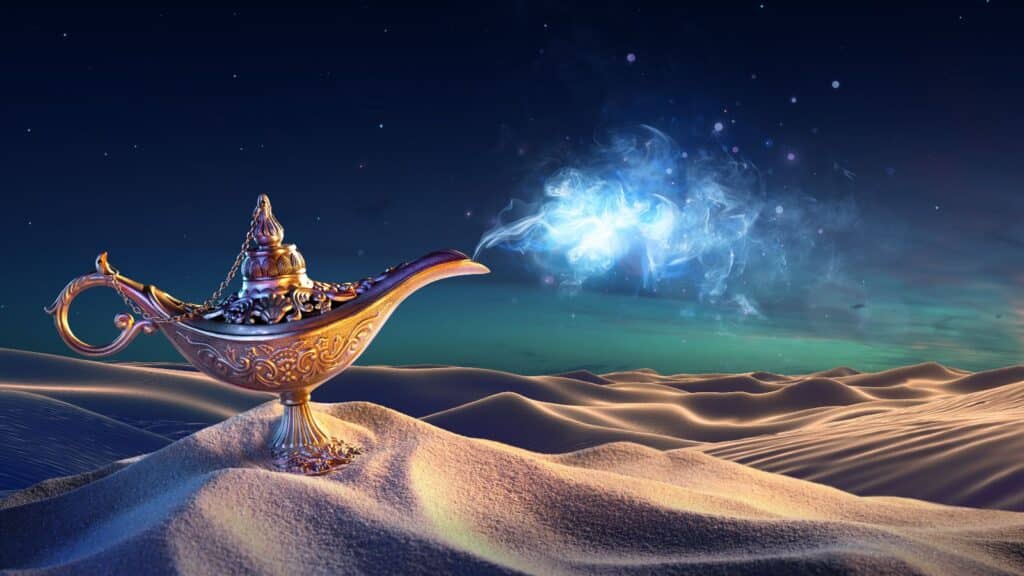
The Aladdin remake of 2019 produced a ton of controversy, with many people pointing out racist undertones in both the adaptation and original text. This rags-to-riches tale is fraught with racial stereotypes of the Middle East, and many characters are portrayed as barbarous.
Cinderella
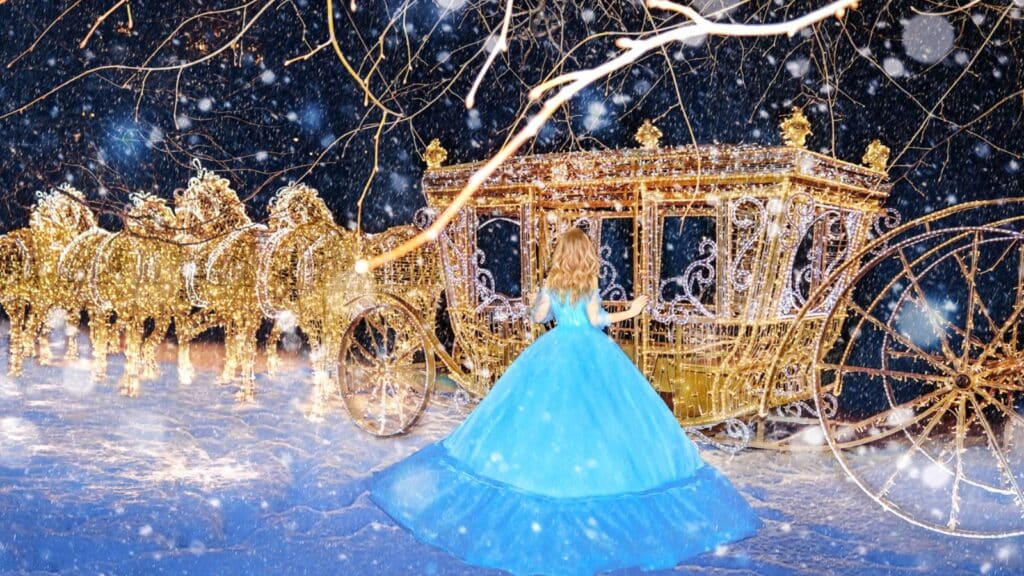
Cinderella is one of the oldest fairytales, and also one of the more offensive towards women. In the earlier versions, Cinderella is shown as passive towards her wicked stepmother, and her reward for escaping is to become subservient again, this time to a prince.
Snow White
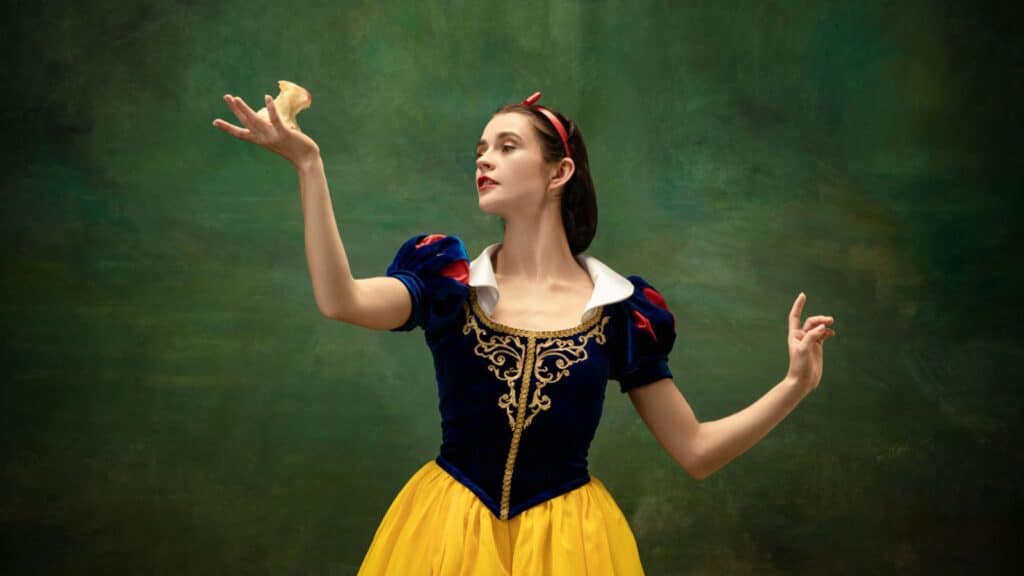
Snow White has been adapted from the original text countless times, and each remake has come under fire for misrepresentation. The idea of seven dwarves residing in a woodland cave is offensive to little people across the world, as it shows them separated from society.
The Little Mermaid
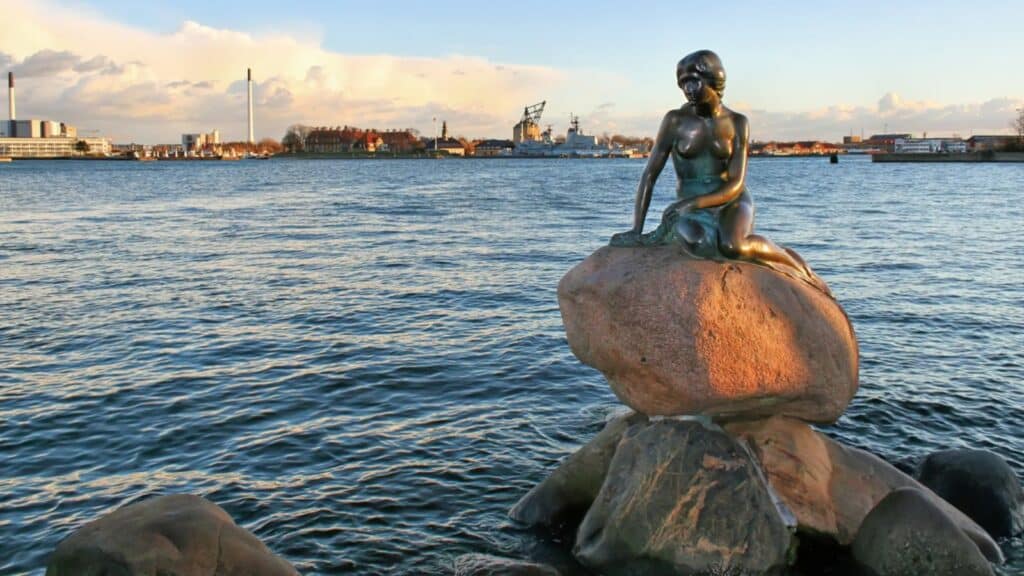
Despite its enchanting marine backdrop, The Little Mermaid is far from representative. In earlier versions, the hierarchy of the sea creatures is a clear social allegory. Some underwater creatures are deemed inferior due to their appearance, which is hardly a progressive message.
Rumpelstiltskin
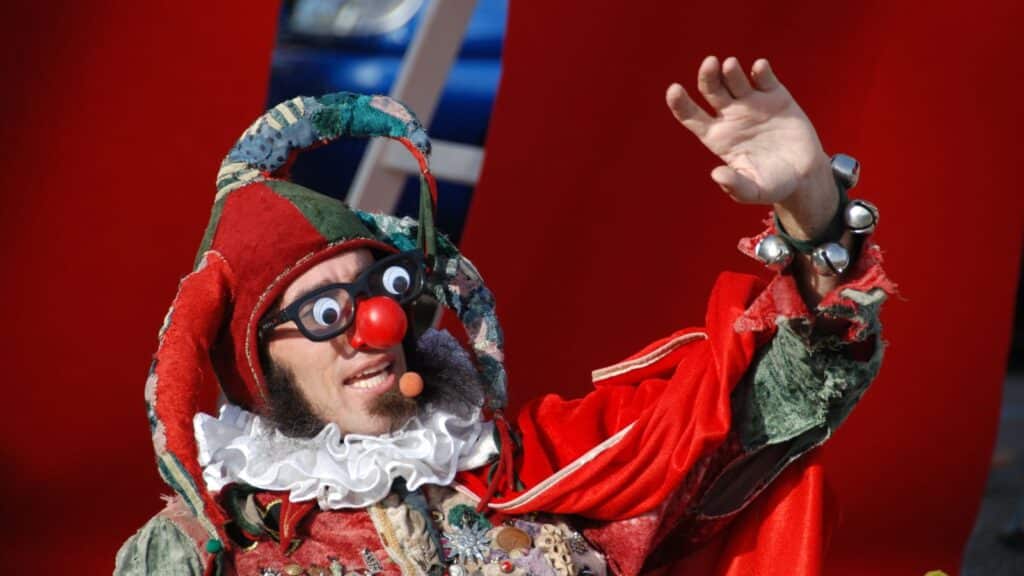
This German fairytale follows a sinister imp who spins straw into gold in exchange for a woman’s firstborn child. Clearly a villain, the character of Rumpelstiltskin is described as a dwarf numerous times, offending little people across the world.
Peter Pan
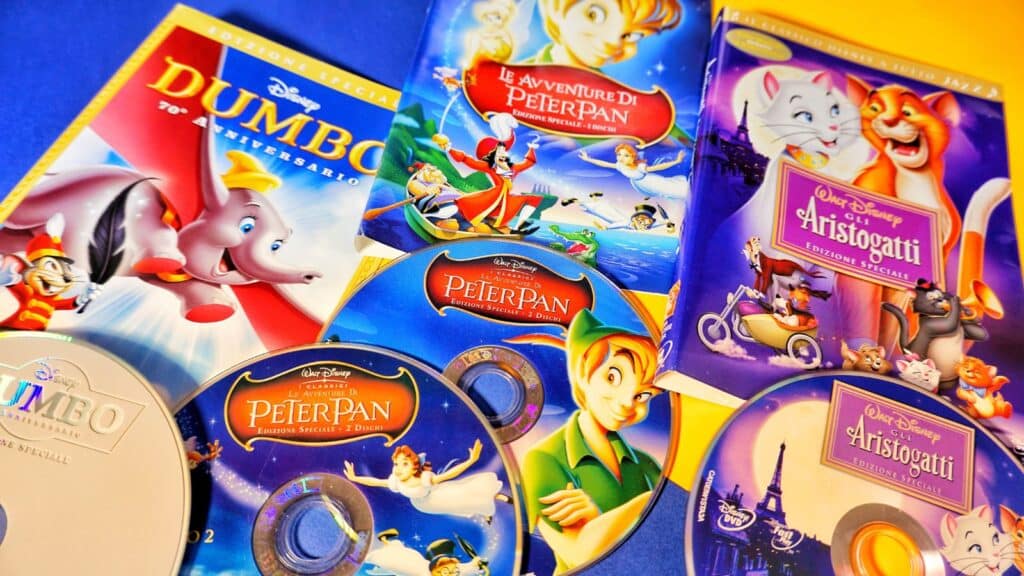
Peter Pan might be a classic, but the original text epitomizes the racist sentiments of the 20th century. The mute and powerless princess Tiger Lily is a poor representation of Native American citizens. She’s also rendered a damsel in distress to be saved by the white male protagonist.
Tintin In The Congo
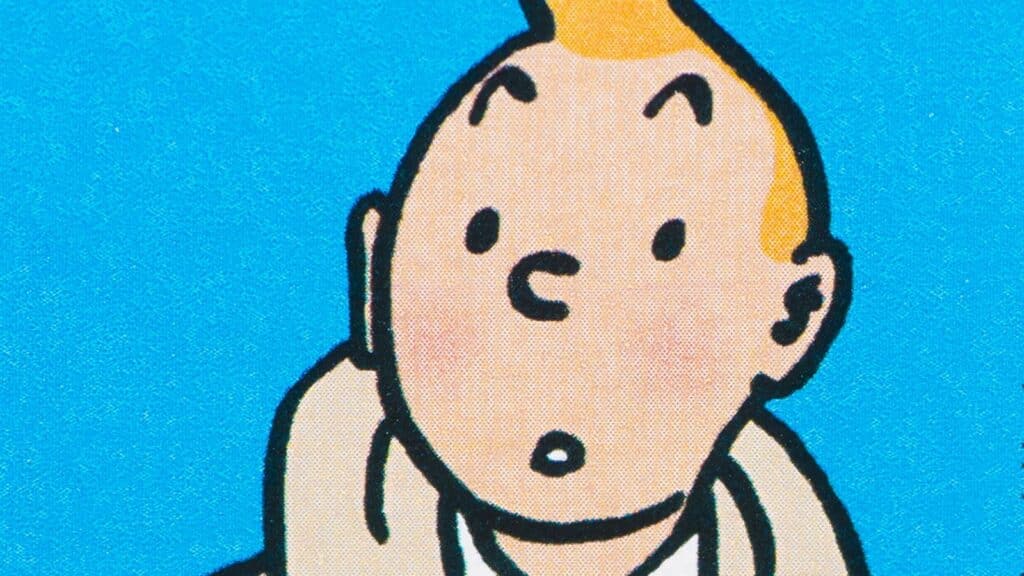
Tintin in the Congo has been a controversial text since the late 20th century, with many people claiming it breached racism laws. Tintin’s escapades in the former Belgian colony perpetuate a racist colonial attitude, and depict a world people would rather forget.
Puss In Boots
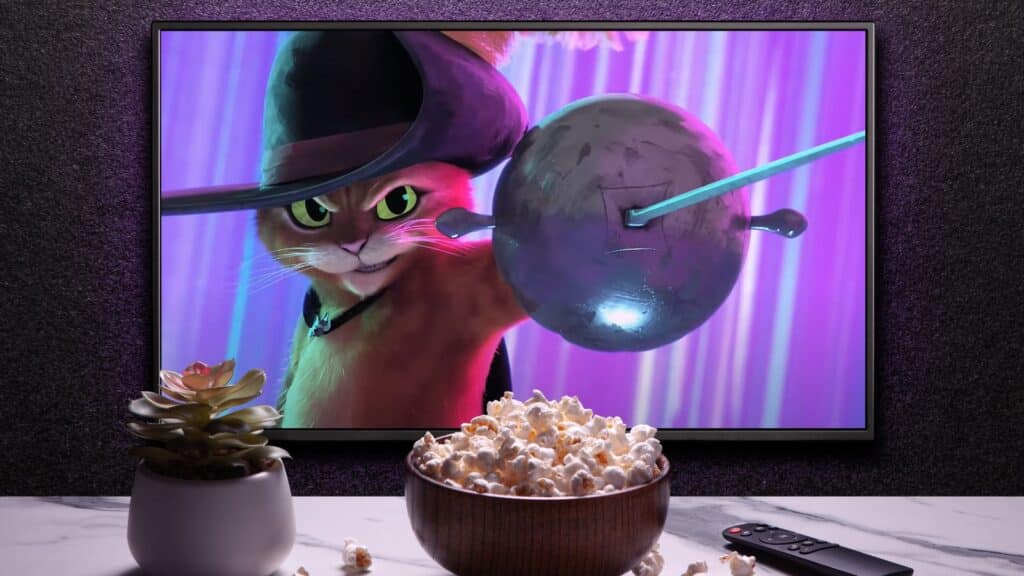
Puss in Boots is loved globally for his feline adventures, and while there is nothing wrong with this beloved cat, people take issue with the ogre villain. In this tale, the ogre is shown as a barbaric brute, showing that Europeans of the time thought little of outsiders.
The Golliwog Stories
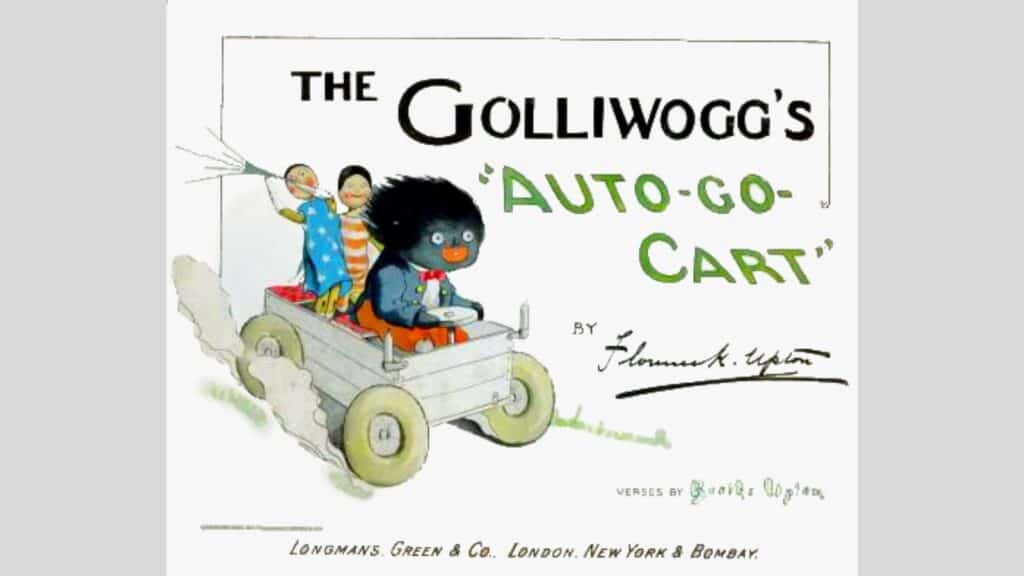
The Golliwog stories and subsequent mass-produced dolls have long been controversial. Widely considered a racist caricature of black people, these tales are harrowing reminders of slavery and discrimination.
Hansel and Gretel
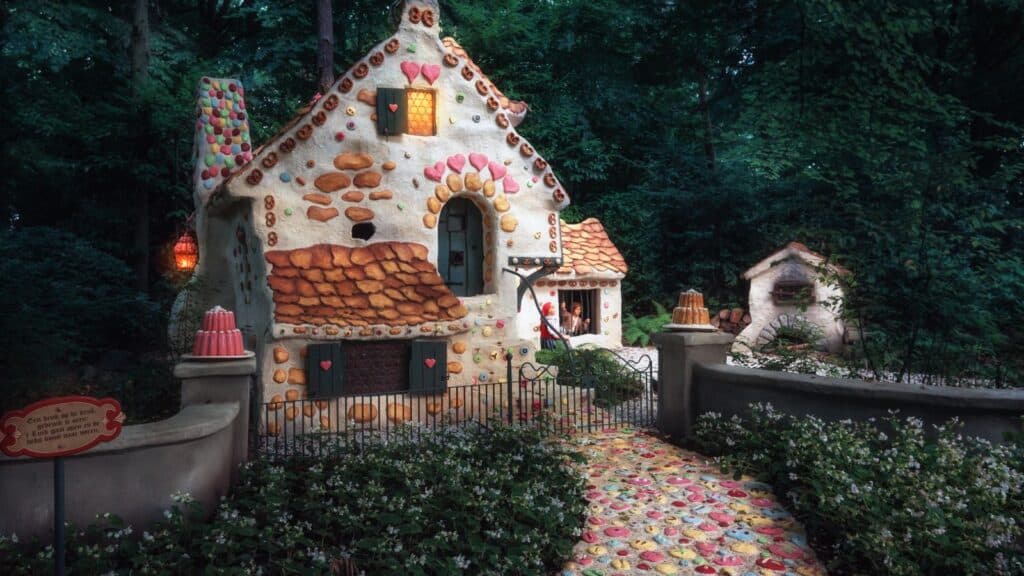
This famous cautionary tale has been scrutinized for its presentation of Romani culture. In the story, the child-catching witch is a Romani woman, reflecting negative stereotypes that plague Europe to this day.
Rapunzel

First published in 1812, Rapunzel has since been a favorite of Disney, inspiring young girls everywhere to grow their hair long. But while Rapunzel escapes the clutches of her stepmother, she is rescued by a prince and immediately decides to get married. This ending has been considered decidedly anti-feminist.
The Emporer’s New Clothes
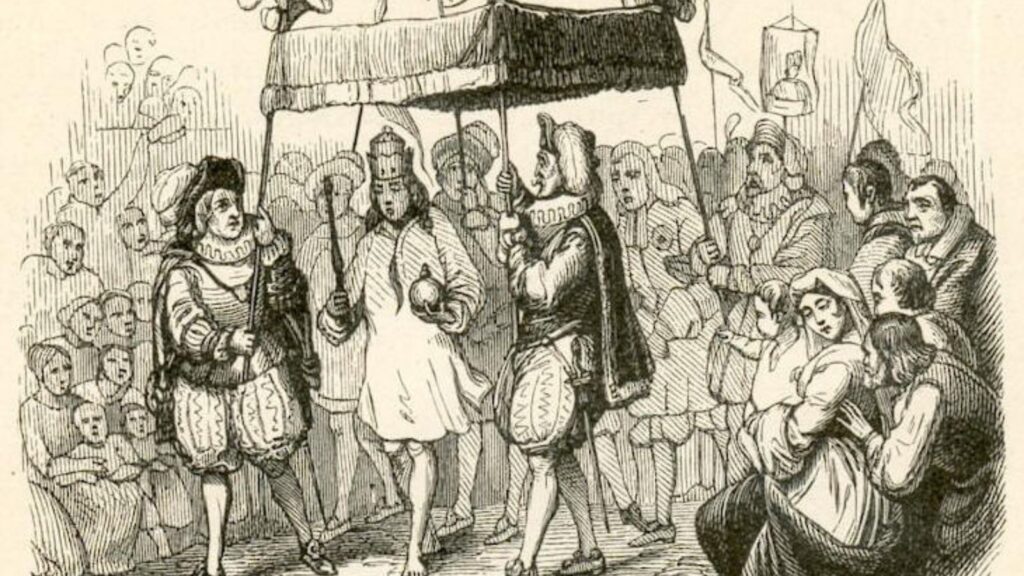
This classic folk tale follows a vain emperor who, in his desire to look good, puts his trust in two cunning con men. This story’s most controversial point is that the Emporer is mocked for wearing non-European clothes, which is far from inclusive.
Pocahontas
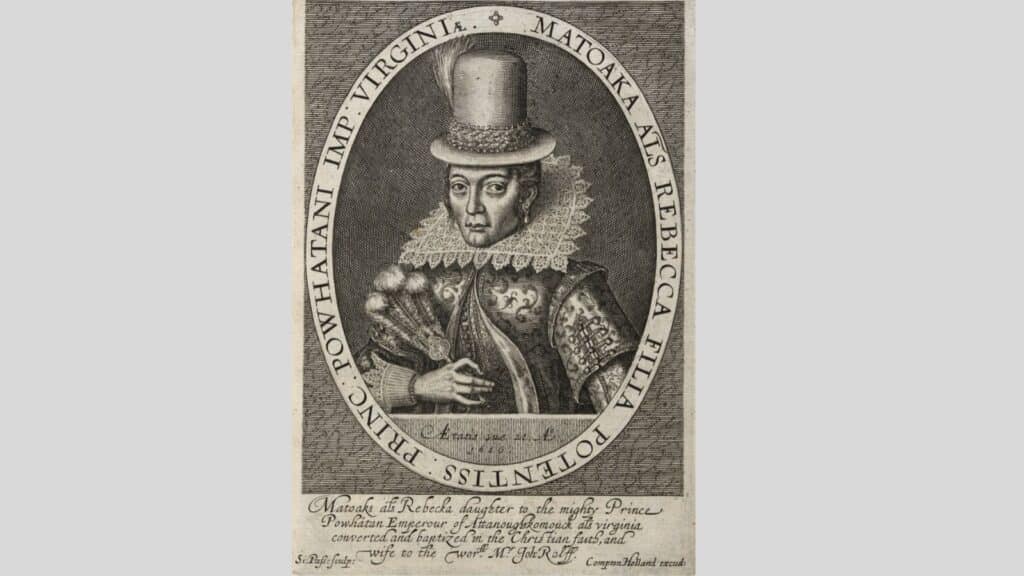
Pocahontas was a real woman who turned her back on her native tribe to ally with the English and met a tragic end because of it. When Disney turned this story into their own fairytale, they came under fire for sexualizing the young female protagonist, while feeding into racial stereotypes.
Bluebeard
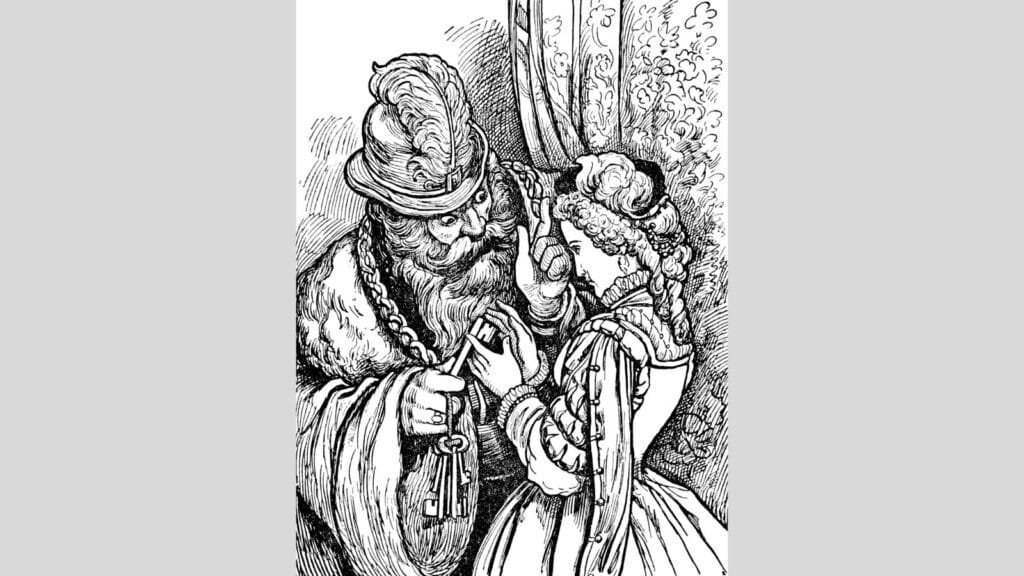
The sinister Blue Beard fairytale taught young women some questionable lessons, despite being labelled a cautionary tale. The tale suggests that disobedience to one’s husband only leads to trouble and further domestic violence.
The Jungle Book
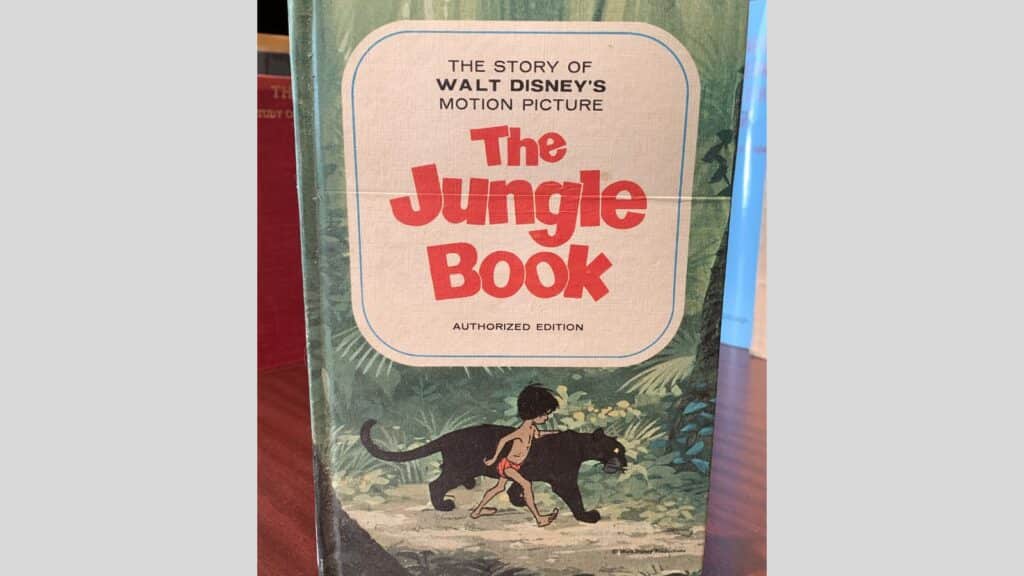
Rudyard Kipling’s iconic tale is criticized for its colonial attitudes and racial stereotypes. Thinly veiled by the jolly animal characters, the story has been scrutinized for racist imagery and the othering of tribal people.
The Frog Prince
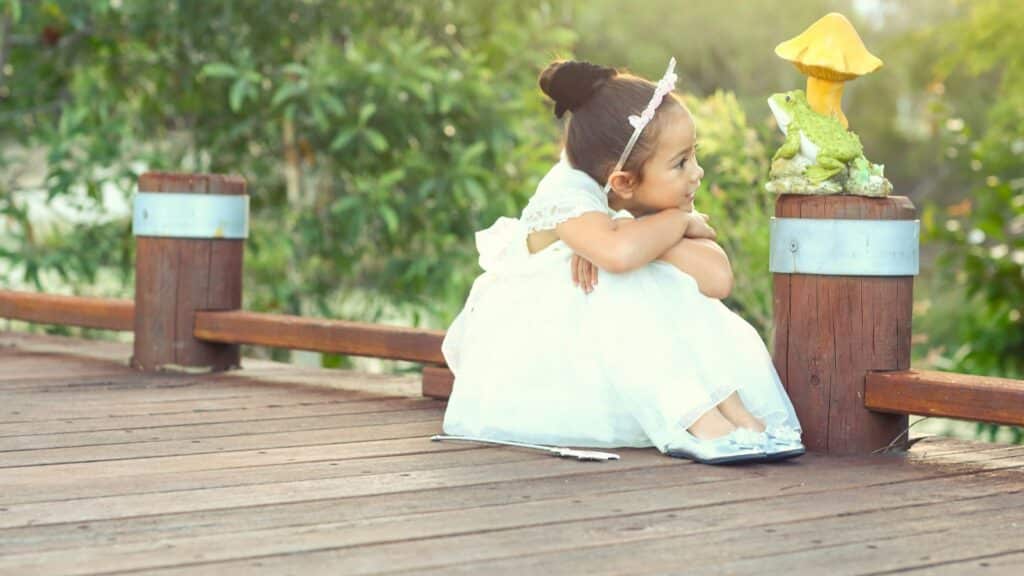
Disney took inspiration for their classic film, The Princess and the Frog, from a much older fairy tale. The Frog Prince is a German folk story that, like many fairytales, follows a princess with little agency and has her end up as a subservient wife.
The Princess and The Pea
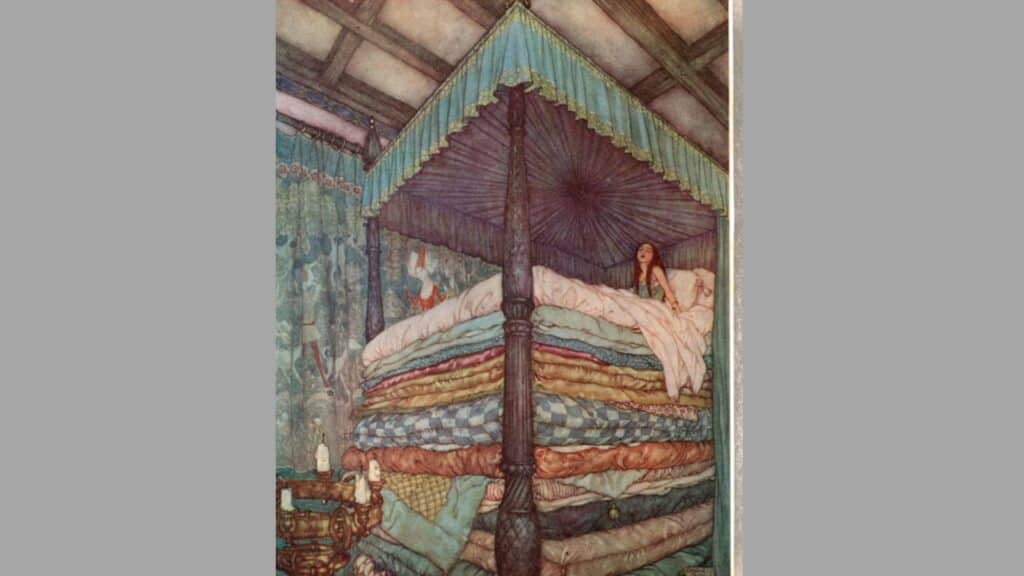
Though one of the shortest fairy tales, The Princess and the Pea harbors some questionable opinions when it comes to women. In this tale, we are told that being sensitive and weak is the only true mark of being a princess and that this is a desirable trait for a man.
Ali Baba and the Forty Thieves
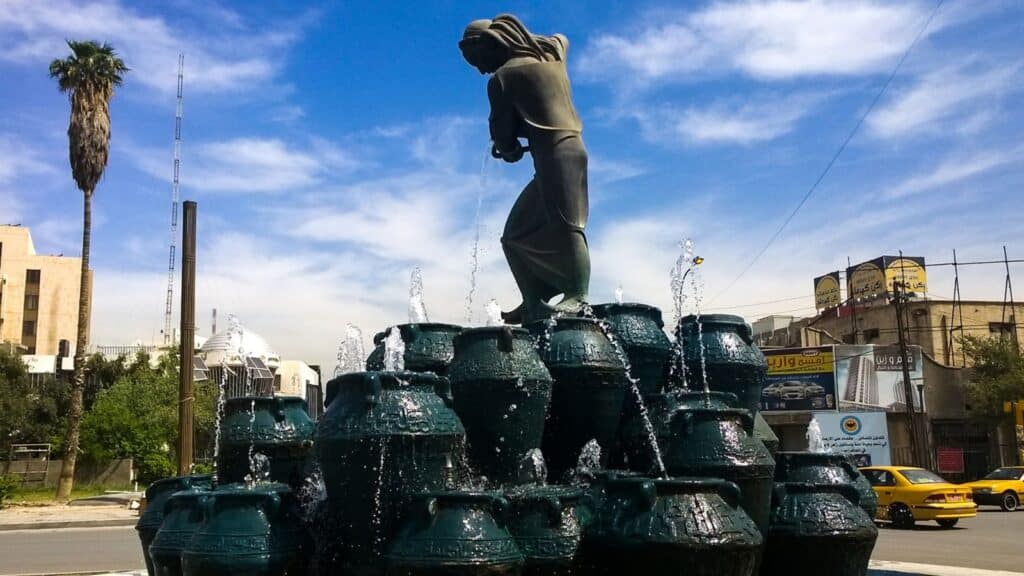
This Arabian Nights tale is filled with magic and golden treasure, but it has sparked controversy among modern readers. The main characters are treacherous thieves who thrive on deceit, providing a negative representation of Middle Eastern culture.
Babar the Elephant
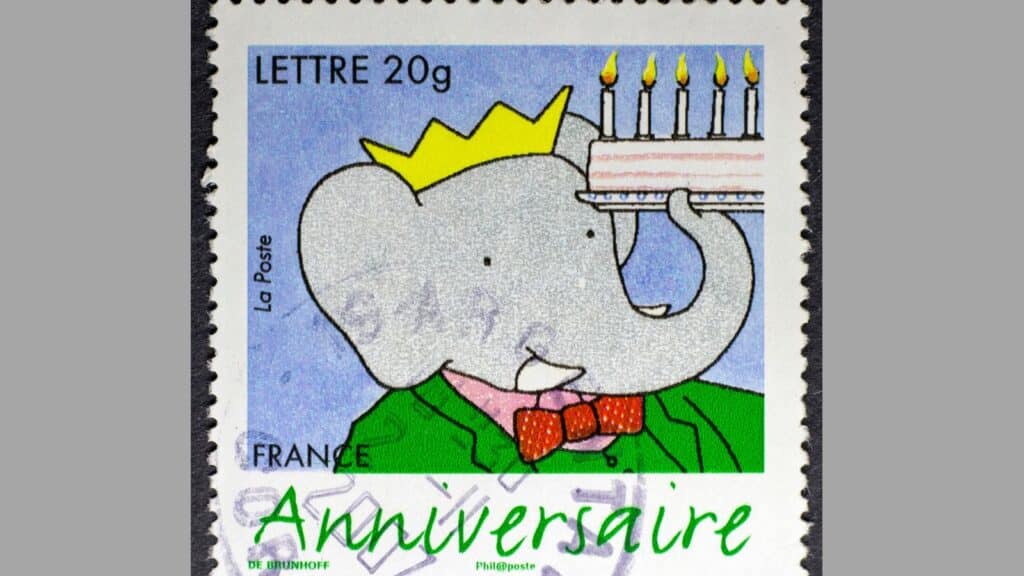
This offensive tale has been removed from library shelves since the mid-1900s, containing harmful racial stereotypes and championing colonial attitudes. The story sees elephants become “civilized” by their interactions with rich imperialists. After their conversion, they try to make native people “more civilized,” which is a harmful narrative.
The Seven Chinese Brothers
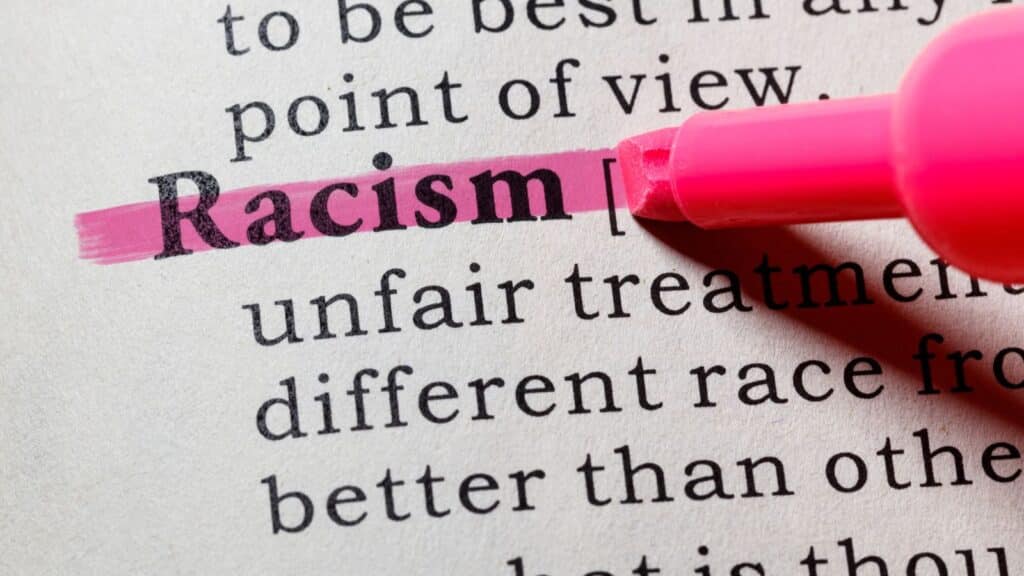
Once celebrated as a wonderful cross-cultural tale, The Seven Chinese Brothers is considered a racist fairy tale. The main characters are identical brothers, perpetuating the racist notion that all Asians look alike.
Sleeping Beauty
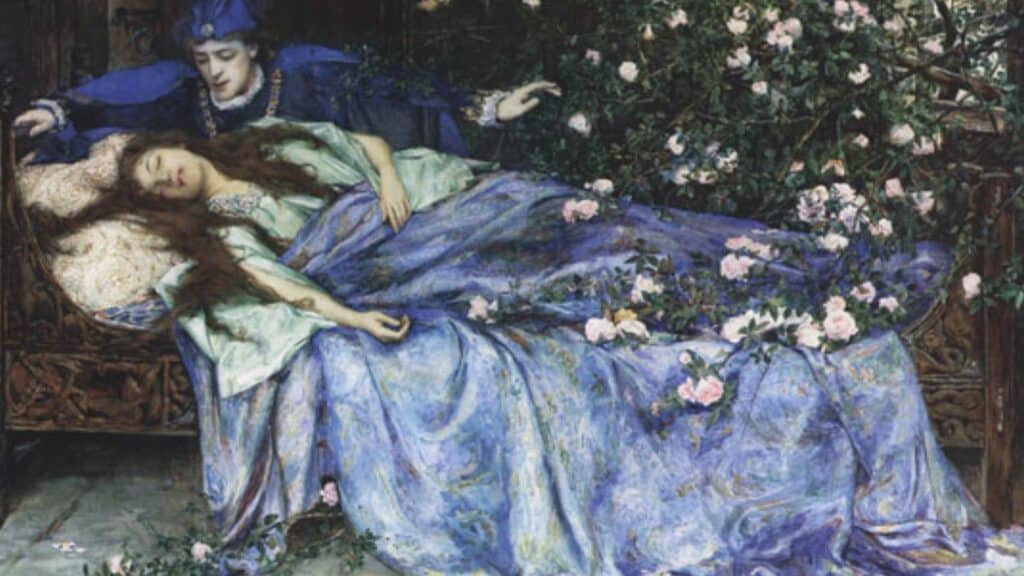
People are wondering whether there is room in modern society for antifeminist tales such as Sleeping Beauty. Both the Disney film and original story romanticize abuse and lack of consent.
The Story of Little Black Sambo
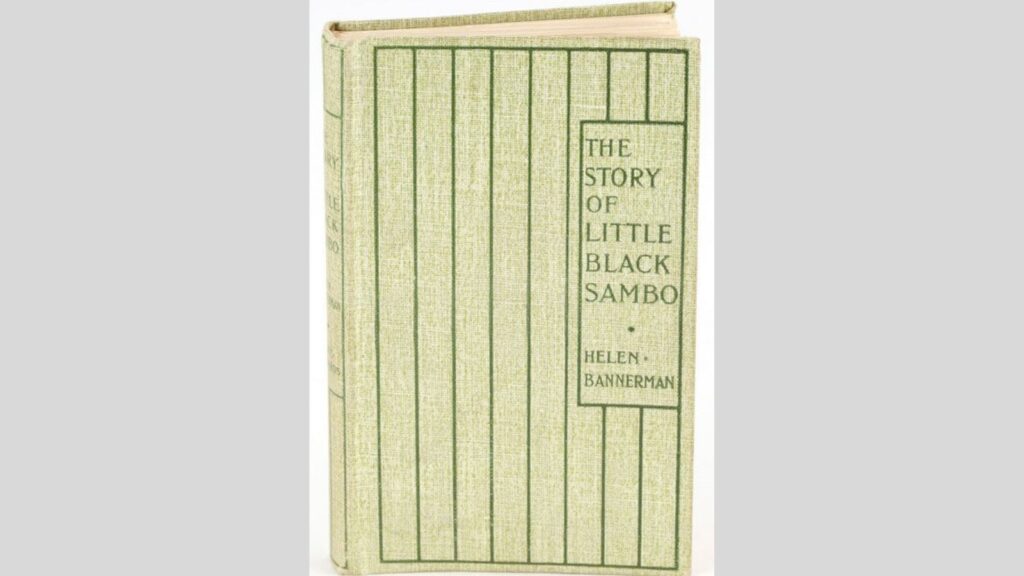
Written in 1899, this story reflects the racist views of a bygone era, and people are arguing that it is controversial beyond repair. Despite being a slave, Sambo is depicted as content with his segregation. Many people see this as the author seeking to justify discrimination and immoral practices.
19 Grim Realities of Dating After 50 That Are Often Overlooked
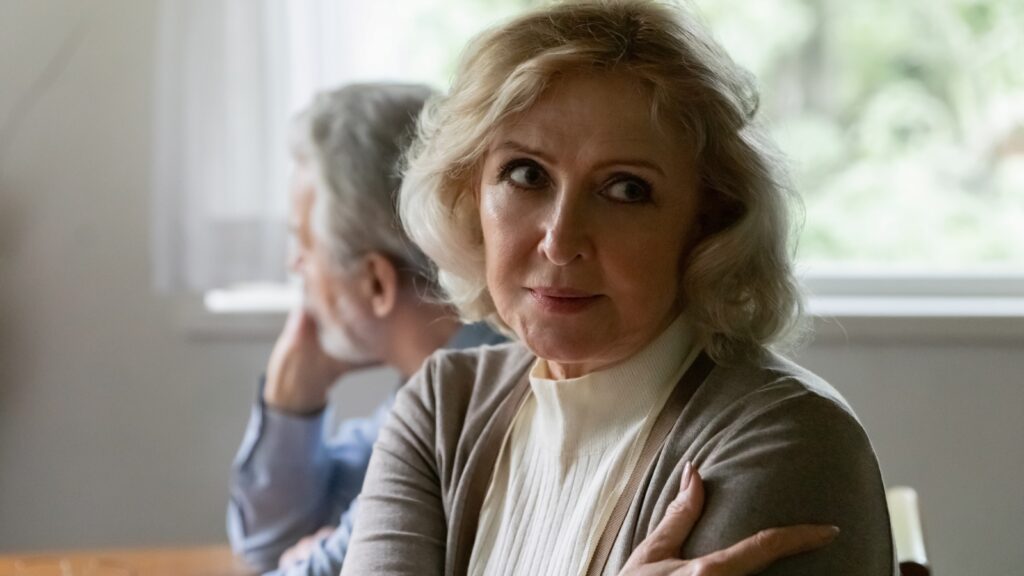
19 Grim Realities of Dating After 50 That Are Often Overlooked
26 Things That Will Be Extinct Because Millennials Refuse to Buy Them
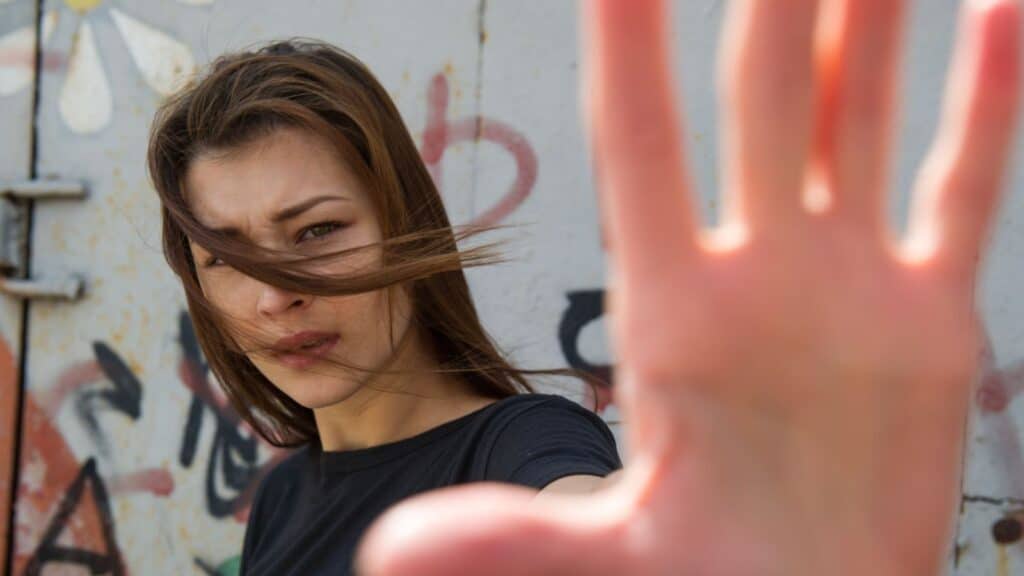
26 Things That Will Be Extinct Because Millennials Refuse to Buy Them
24 Outdated Slang Terms You Absolutely Shouldn’t Be Using Anymore
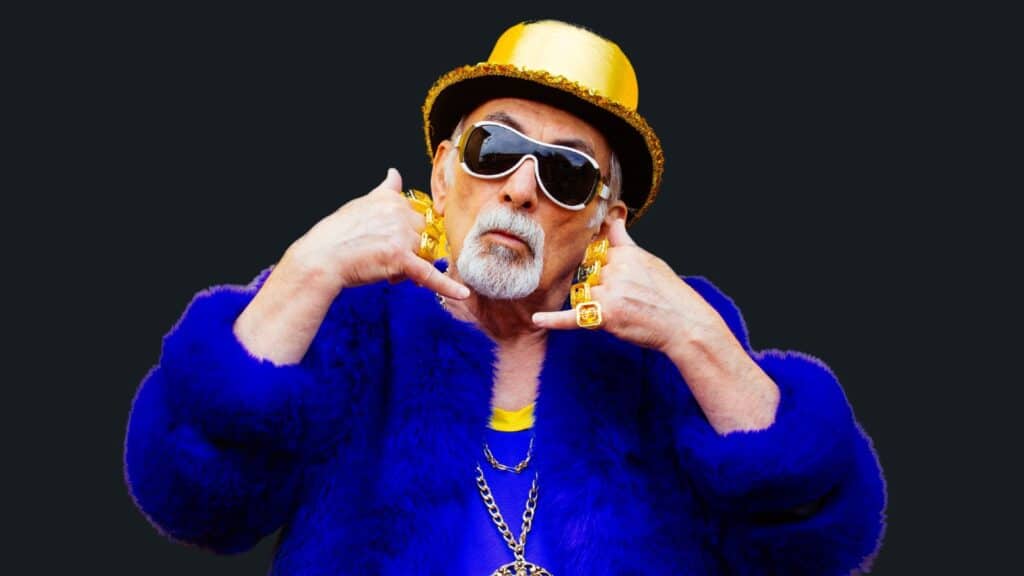
24 Outdated Slang Terms You Absolutely Shouldn’t Be Using Anymore
25 Hardest Parts About Getting Older That No One Ever Talks About

25 Hardest Parts About Getting Older That No One Ever Talks About

